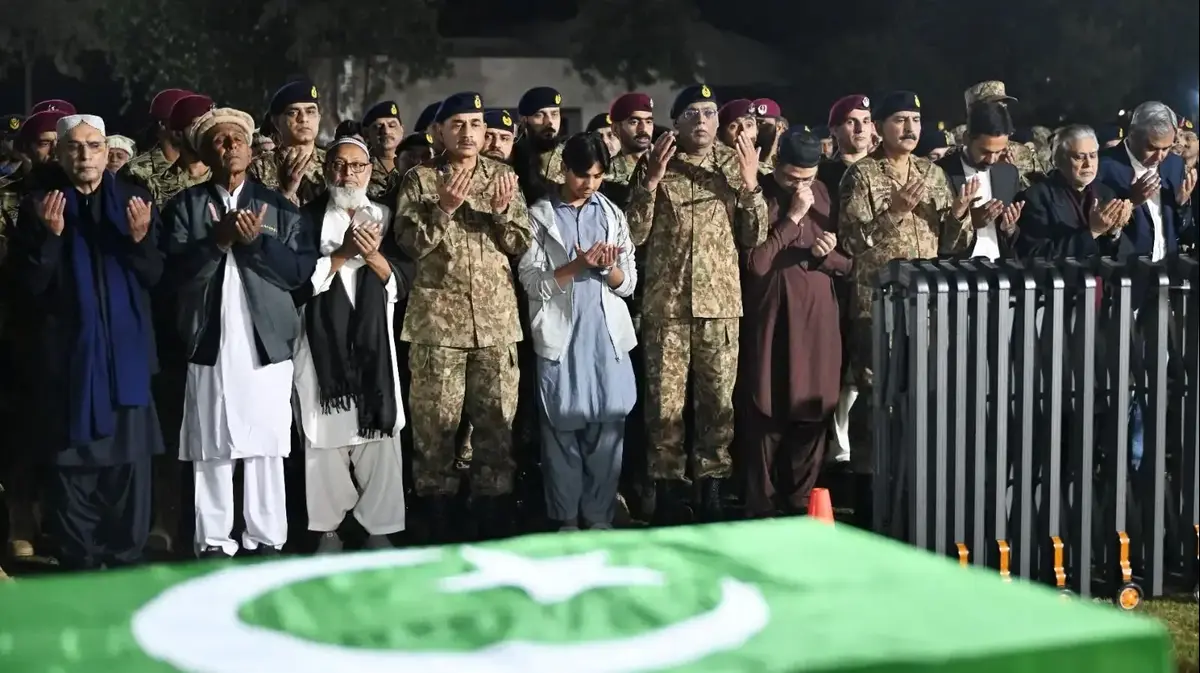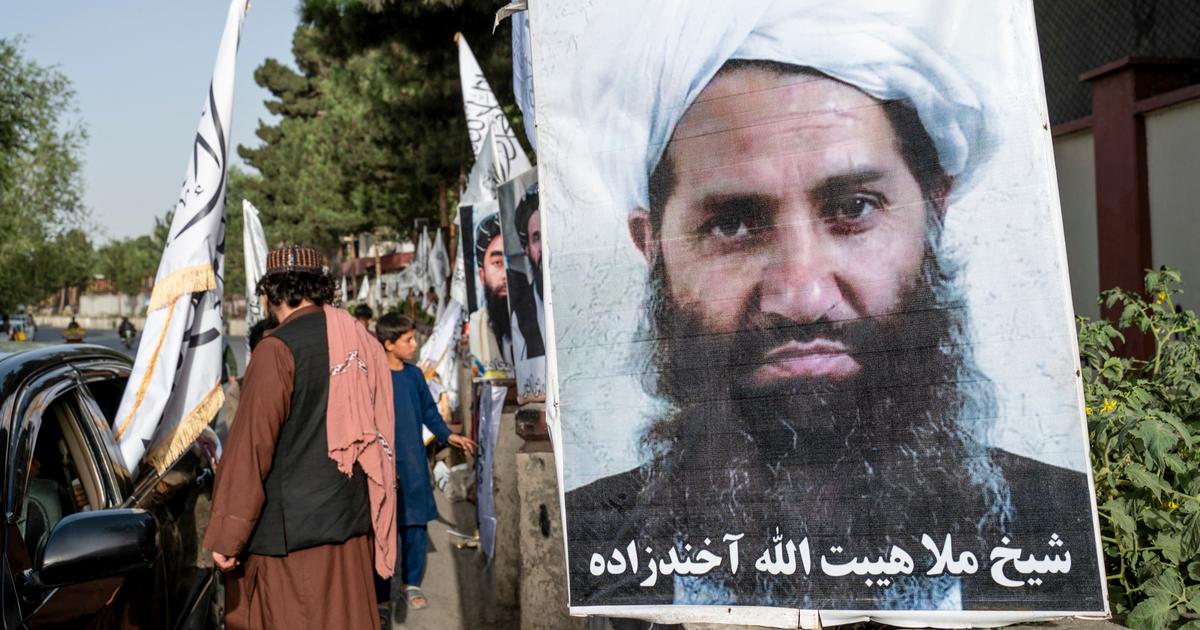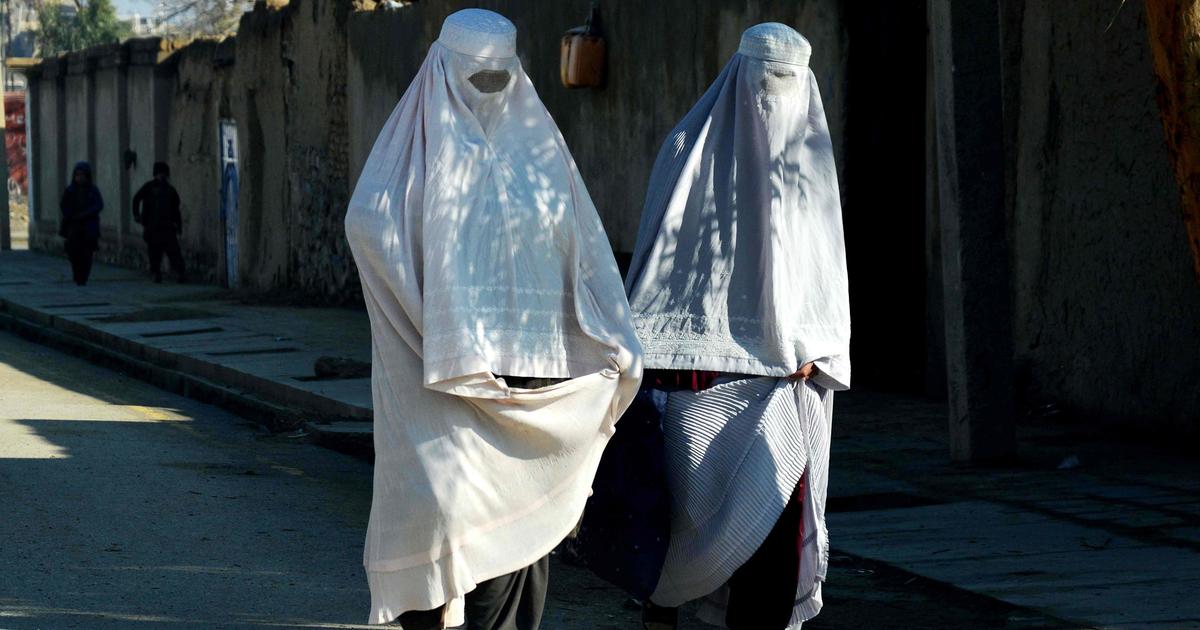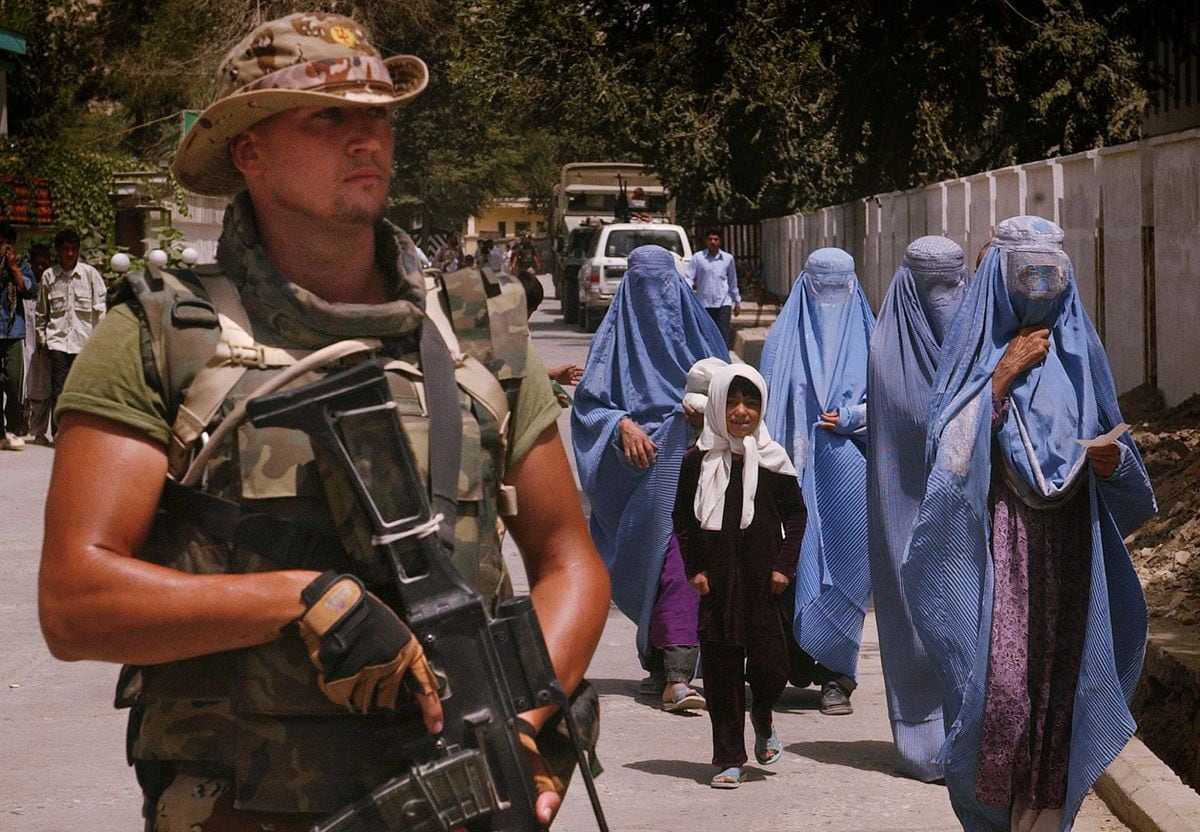What will happen now to women in Afghanistan?
2:35
(CNN Spanish) -
Prey inside their homes and invisible in public space.
This is how Amnesty International defined the fate of women after the Taliban took control of Afghanistan in 1996 to 2001. And although they have now said that they are willing to guarantee some rights to women, there are already some signs that the opposite could happen .
Before the Taliban seized power in the 1990s, the law protected women in Afghanistan.
A 2001 report from the US State Department exemplifies the situation with some figures: at the beginning of the decade, 70% of female teachers, half of government officials and university students, and 40% of doctors in Kabul were women. .
Since the 1920s they had enshrined the right to vote and by the 1960s the Constitution had provisions related to equality.
The situation changed radically when the Taliban came to power: they oppressed women simply for "the 'crime' of having been born women", according to the words of Amnesty International, as recorded by lawyer Dean Obeidallah in this CNN column.
Here's a look at what life was like during the previous Taliban regime.
The worst countries to live in if you are a woman 1:05
Education and work
The Taliban banned the education of girls in schools.
Learning at home was tolerated in some instances, but in general it was also repressed, according to the US State Department.
This means that women, who until then had even been trained at university, were left without opportunities.
advertising
There were schools in rural areas that tried to keep running secretly, under the terror of being discovered. An investigation published in 2001 in the
ILSA Journal of International & Comparative Law
collected by Amnesty International gives the example of a teacher who according to some reports would have insisted on continuing to teach, for which she would have been “hit with the butt of a rifle and then murdered after being shot in the head and stomach. Her death was witnessed by her students, her husband and her daughter. "
Women were also prohibited, with few exceptions (for example, jobs linked to agriculture in rural areas and in some health facilities), from working outside the home.
And this, in addition to a severe restriction on freedom, resulted in poverty: thousands of widowed women - in many cases as a consequence of civil life - who supported themselves with their income were forced to beg or sell their belongings to support the women. families
Access to health
In 1997, the Taliban mandated that men and women should be cared for in different hospitals, and all female health workers were prohibited from performing their duties at the 22 hospitals in Kabul, according to an article published in the American University Washington College of Law. .
Only women were allowed to attend a facility that had 35 beds and where there was no clean water, electricity or equipment to perform diagnoses and surgeries, among other resources.
Following an international campaign, this measure was partially modified and some women were allowed to work in the sector and care elsewhere.
However, the level of care they received was very low.
UN: 18 million Afghans live in humanitarian crisis 0:39
"Under the Taliban regime, women were only given very rudimentary access to health and medical care, endangering the health of women and, in turn, their families. In most hospitals, hospitals Male physicians could only examine a female patient if she was fully clothed, excluding the possibility of meaningful diagnosis and treatment, "says the State Department.
That is, the doctors could not lift the burqa or look at or touch the body of the women.
To such a level that, for example, even dentists who treated women were beaten and even sent to prison for doing so.
By 2001, Afghanistan had the second worst rate of women killed in childbirth: 16 out of 100 died in childbirth.
And the situation for women came at a high cost in terms of mental health: the NGO Physicians for Human Rights reported high rates of anxiety, depression and suicide among Afghan women for 2001, according to the State Department report.
Burka
Before the Taliban took control, the burqa already existed in Afghanistan and was worn by some women, for example in rural areas.
However, it was not an obligation, and in the cities many women simply covered their heads with kerchiefs.
Under the regime, the burqa - a garment that covers from the feet to the head, including the eyes that are covered behind a mesh - became mandatory.
This requirement was imposed even on young girls, eight or nine years old, according to the State Department.
Its use was enforced with threats, fines and beatings.
This is how Kabul lives before the advance of the Taliban 1:59
In addition, make-up, nail polish, and shoes that make noise, among other clothes and accessories, were prohibited.
Wearing the burqa, which is prohibited in several Western countries, is not mandatory according to the Qur'an.
The sacred text of Islam urges women to dress modestly, but does not refer to a specific garment of this type.
And this also has an economic dimension: women who could not afford to buy the burqa or get one, could not leave their homes.
Prohibition of going out without the company of a man
Women could not go out in public unless a family man such as a father, brother or husband accompanied them.
The rule had no exceptions, not even if women needed to go to the doctor.
Women could not drive or take a taxi without the company of a man.
They could only be transported in special buses with the windows painted so that no one could see them from outside.
In those same buses, the driver was separated by a curtain and those in charge of collecting tickets from the women were children under 15 years of age.
The houses where women lived also had to have the curtains drawn so that they could not be seen from the outside.
Violence
"The penalties for breaking the Taliban's rules were barbaric," explains Dean Obeidallah.
Women were flogged for showing one or two cm of skin under the burqa, were beaten if they tried to study and could be stoned to death if found guilty of adultery, according to Amnesty International.
In addition to beatings, acts of violence included rape, kidnapping, and forced marriages.
In fact, 62% of women were married before their 18th birthday.
Amnesty International explains that, in areas that continued under Taliban control from 2001 onwards, violence against women continued with violent punishments for what the group perceived as violations of their interpretation of Islamic provisions.
What will happen now to women in Afghanistan?
In the last two decades, women began to be recognized again as subjects of rights in Afghanistan.
The 2004 Constitution guaranteed equal rights and quotas for the participation of women in Parliament, among other provisions, according to Amnesty International reports.
More than three million girls are enrolled in schools.
By 2019, more than 1,000 women had their own businesses.
Access to health services improved.
Despite the improvements, there was still a long way to go to improve the situation of women in the country.
A path threatened by the Taliban seizure of power.
The Taliban's plan to take over Afghanistan 2:56
This time around, the Taliban present themselves as more moderate, CNN reported.
They affirmed that they are committed to the peace process, an inclusive government and willing to maintain some rights for women, for example education.
In some provinces where they have ruled for the past 20 years, they have guaranteed some limited rights to women.
It is possible that in the short term they will make some concessions, as analyzed by Sam Kiley.
A 2020 Human Rights Watch report explained that "although the Taliban officially declare that they are no longer opposed to girls' education, very few Taliban officials actually allow girls to go to school after puberty. Others do not allow them. not girls' schools at all. " Last year, the situation varied by region, according to the organization.
The activist Mahbouba Seraj, from the Afghanistan Women's Network, mentioned in an interview with CNN the case of an ulama - a Muslim cleric - according to which in Herat women were already told that they should stay at home because the reason why there is a problem with the new generation in Afghanistan (...) it is because the mothers are not at home "and that, with exceptions in which they will be able to work, they must stay indoors taking care of the children.
However, at this moment Seraj, who has been working for the rights of women in the country for years, the isolated thought of ulama, or if he is part of the Taliban, or represents the vision that the regime will impose.
At this point, and amid the terror that part of society is experiencing, the only option left is to wait, he explains.
Taliban


/cloudfront-eu-central-1.images.arcpublishing.com/prisa/KA3LQ5ZEAFEQXOIZXJEEVDUZUQ.jpg)









/cloudfront-eu-central-1.images.arcpublishing.com/prisa/KMEYMJKESBAZBE4MRBAM4TGHIQ.jpg)


